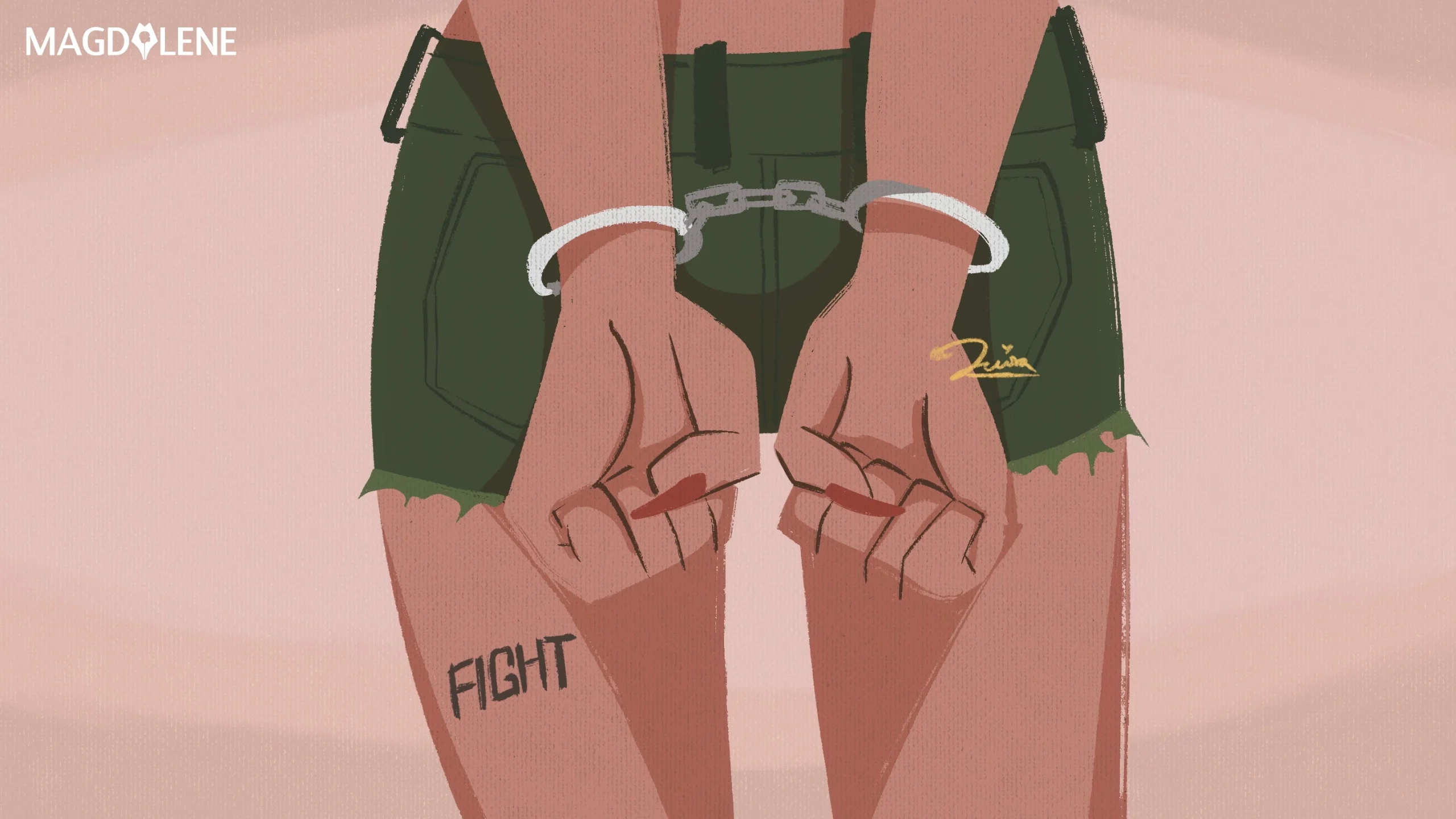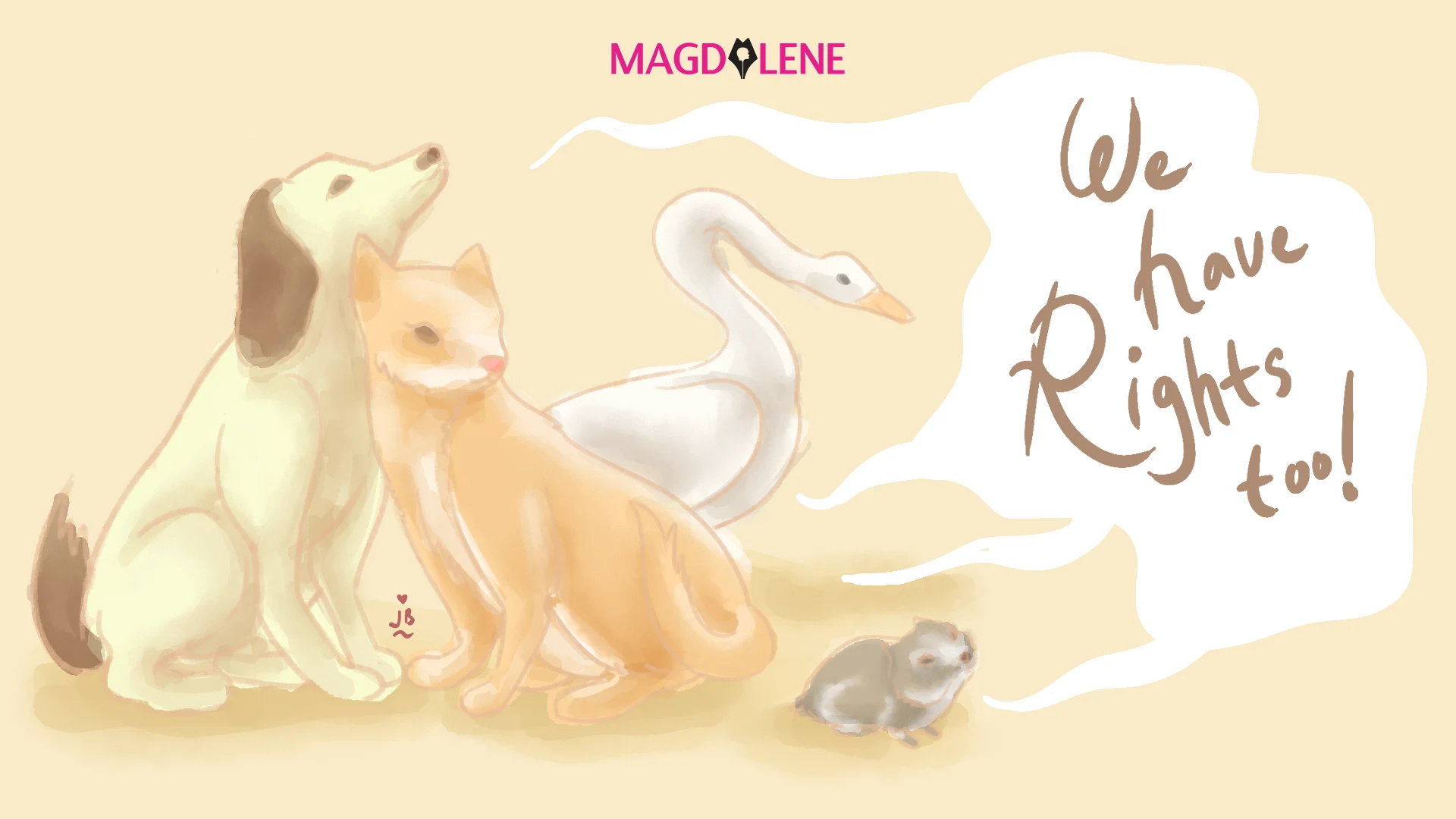Time to Redefine ‘Eastern Indonesia’

A decade ago a popular mineral water TV commercial hit public broadcast announcing its CSR program to provide clean water access in East Nusa Tenggara (NTT) in Eastern Indonesia.
Sekarang sumber air su dekat
(Now that clean water is near)
Beta sonde terlambat lagi
(I’m never late for school again)
Lebih mudah bantu mama ambil air untuk mandi adik
(It’s now easier to help my mom fetch water to bathe my sister)
A curly-haired little kid narrates the minute-long video. It is reported that the multinational company had installed water sources for clean water. Villagers used to walk more than a kilo to go to the nearest source and now they have better life and awareness of personal hygiene. The commercial left a strong impression on the audience, who remember it not necessarily for the message it tried to convey, which is access to clean water.
“Where do you come from?” someone would ask me.
“Sulawesi,” I said.
“Sumber air su dekat!”
Nothing irks me more than a bad joke. This joke is not only irritating, its context is not even correct because sumber air su dekat is not a familiar vocabulary we speak in Sulawesi. It is an NTT dialect—our NTT-Maluku-Papua fellows, in particular, get this joke the most. You might think that because I am light-skinned I’d get excluded from the joke, but it is something I and countless others have to endure a lot, especially when we travel or study in “Western Indonesian” provinces.
Also read: What We Talk About When We Talk About Indonesia
The racial-toned joke is a crass stereotype. No one shout “Pace (Mister)… sumber air su dekat!” at any Melanesian they meet in the streets. It is an awkward conversation starter. And, yeah, we might laugh it off at first out of politeness, but, really, it belittles us.
But this isn’t new. Poor treatment and ignorant questions always haunt us. We are perceived as intimidating and the media portrayal of Eastern Indonesians does not help either. We are associated with violence; it’s always an ‘Eastern Indonesian’ who riots, shoots arrows, and burns things on TV. The way we talk are also a source of constant humiliation
I wonder, however, if people really know the term “Eastern Indonesia” itself? Where is it anyway? Even more important: what is exactly Eastern Indonesia?
Racism Towards Eastern Indonesian People
Eastern Indonesia is a demographic term that mostly refers to the NTT-Maluku-Papua region. Sulawesi and West Nusa Tenggara (NTB) are supposedly included too, based on the geo-ecological study. To my knowledge, in most cases, the term specifically refers to Melanesian. Sulawesi and NTB are identified as Mongoloid Malayan and apparently, we’re not really “Eastern Indonesian” unless we start to speak in an accent.
Looking back on the history, Eastern Indonesian region is known as Groote Oost or Timur Raya consisting five residencies; Bali and Lombok, Sulawesi, Manado, Maluku, and Timor under Dutch colonial government from 1938 to 1946. In 1946-1950, RIS was established, comprising among other Negara Jawa Timur (East Java State), Negara Madura, Negara Sumatera. Negara Indonesia Timur or Eastern Indonesian State is one of the states under RIS and it covered the areas of South Sulawesi, Minahasa, Sangihe and Talaud, North Sulawesi, Central Sulawesi, Bali, Lombok, Sumbawa, Flores, Sumba, Timor, South Maluku, and North Maluku. Hence the name “Eastern Indonesia” was born.

Under the Soeharto regime, his centralistic development policy benefited Indonesia Bagian Barat (IBB) or Western Indonesia and it was reflected by the development gap between IBB and IBT. IBT’s income, economic growth and capital investment, and development budget from the central government were all far behind IBB. This widened the division between the west and the east.
Also read: Skin-Deep or Not, Asians Need to Admit Its Own Racism
There is no such thing as Negara Indonesia Barat or Western Indonesia. No one says that you are Western Indonesian if you’re from Java/Sumatera. If you’re from Medan, you are just a Medanese. You are just Javanese, Betawi, Sundanese, etc. But if you say, “I am from Sorong,” there’s a huge chance you’re identified as Eastern Indonesian, not a person from Sorong.
Eastern Indonesia is huge and diverse, but the system paints it as one whole culture. Palu, Mamuju, and Kendari get mistaken as a part of Makassar, which doesn’t make any sense. NTT gets mistaken for having the exact cultural aspect as Papua or Maluku. There’s also a misconception that all Eastern Indonesians speak the same dialect as Papuans. In a socio-cultural matter, “Eastern Indonesian” is a social exclusion deeply rooted in the system. It puts us in an invisible box.
Eastern Indonesia, in fact, is a heterogeneous region. We are ethnically diverse and multilingual. We speak different local languages and accents. We have hundreds of tribes, religions, and local values living together side-by-side on big and smaller islands. Our physical appearances are distinct with various skin tone and hair textures: light-skinned, dark-skinned, curly-haired, straight-haired.
Eastern Indonesia narrative should only be a description of a place—a place where we honor our ancestors and land.
I don’t mind being identified as Eastern Indonesian as long as it doesn’t exclude us. The outdated dichotomy–east and west–and Eastern Indonesia narrative should only be a description of a place. A place where we honor our ancestors and land. And for me, being an Eastern Indonesian, we are just one proud community living in diversity.






















